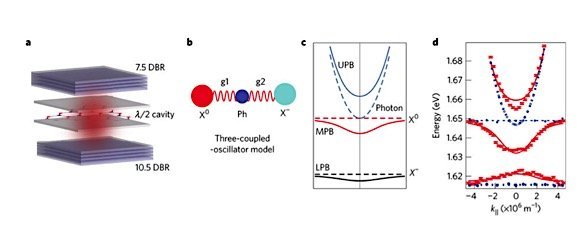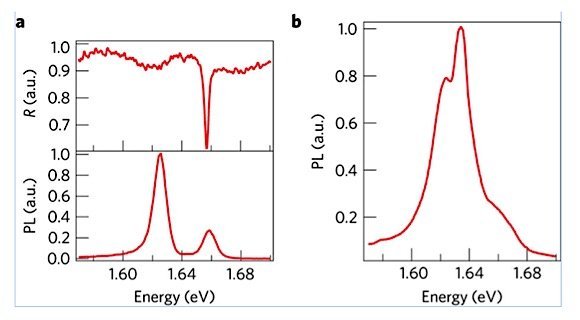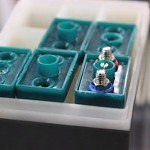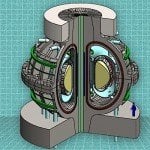
Researchers from the University of Rochester created particles with negative mass through an interaction between an atomically thin superconductor and confined light in an optical microcavity. Objects with negative mass react in ways opposite that which is typically expected of them.
According to Nick Vamivakas, associate professor of quantum optics and quantum physics at Rochester’s Institute of Optics, the discovery is “interesting and exciting from a physics perspective, but it also turns out the device we’ve created presents a way to generate laser light with an incrementally small amount of power.”
The research involved using two mirrors to create an optical microcavity, which confines light at different colours of the spectrum depending on how the mirrors are spaced, and embedding an atomically thin molybdenum diselenide semiconductor within the microcavity. This was done in a way that causes the semiconductor to interact with confined light, which results in small particles (which are called excitons) combining with photons from the confined light to form polaritons.
“By causing an exciton to give up some of its identity to a photon to create a polariton, we end up with an object that has a negative mass associated with it,” said Vamivakas. “That’s kind of a mind-bending thing to think about because if you try to push or pull it, it will go in the opposite direction from what your intuition would tell you.” Though other researchers have performed similar experiments, though none have created particles with negative mass.
The findings were published in the journal Nature Physics, in a paper titled Anomalous Dispersion of Microcavity Trion-Polaritons. “Coupled harmonic oscillators are ubiquitous in physics, and an exemplary platform to observe them is with cavity exciton-polaritons,” read the paper. “Pioneering work reported planar cavity photon and quantum well exciton-polariton formation.”
The paper discussed studies which “ranged from studying polariton amplification, condensation and interactions with a two-dimensional electron gas to leveraging these quantum matter coherences for light generation.”

“Figure 1a presents an illustration of our device architecture containing the single-layer TMDC,
molybdenum diselenide (MoSe2), at the cavity anti-node.”
– Anomalous Dispersion of Microcavity Trion-Polaritons
The researchers created a system wherein the constituent resonances are the MoSe2 exciton, trion, and the cavity photon. “We observe a stress-induced redshift of 8 meV for both the neutral and charged excitons when the monolayer is embedded inside the microcavity.”

“The bottom panel… presents the measured photoluminescence (PL)
spectrum of the single-layer MoSe2 flake on a SiO2 substrate.”
– Anomalous Dispersion of Microcavity Trion-Polaritons
Going forward, Vamivakas states that his lab will continue working on the project to determine how the device might serve as a substrate for producing lasers. “With the polaritons we’ve created with this device, the prescription for getting a laser to operate is completely different,” he said. Furthermore, the lab will study the physical implications of creating negative mass in the device, as well as ways to apply “pushes and pulls” via an electrical field applied throughout the device “and then studying how these polaritons move around in the device under application of external force.”
Sources:
































